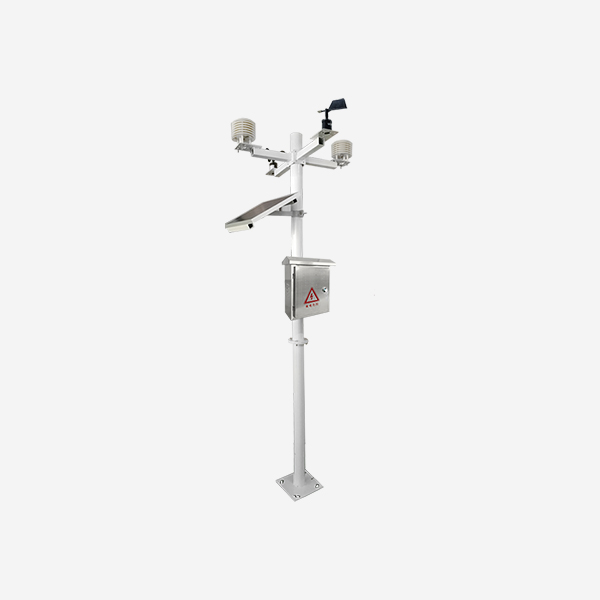The Role of Weather Sensors in Precision Agriculture
Precision agriculture, also known as site-specific crop management, is a modern approach to farming that relies on the use of advanced technologies to optimize crop production. By collecting and analyzing vast amounts of data, farmers can make informed decisions about how to manage their fields, resulting in higher yields and better resource utilization. Among the various technologies used in precision agriculture, weather sensors play a crucial role. These sensors collect critical weather information, such as temperature, humidity, rainfall, wind speed and direction, and UV radiation, which are essential for understanding crop health and making decisions about irrigation, fertilization, and harvesting.
Weather sensors are an integral part of precision agriculture because they provide farmers with real-time data on the microclimate of their fields. This microclimate refers to the local weather conditions that can vary significantly within a field, even over short distances. Understanding the microclimate is crucial for effective crop management because it can impact factors such as seed germination, pest infestations, and crop diseases. By using weather sensors, farmers can identify areas within their fields that require additional attention or treatment, such as applying more fertilizer or irrigation.
Weather sensors also help farmers predict and prepare for extreme weather events that can have a significant impact on crop yields. For example, accurate rainfall measurements can help farmers determine when to plant or harvest crops to avoid damage from excessive rainfall or drought. Similarly, temperature sensors can provide early warning of frost events, allowing farmers to take measures to protect their crops from frost damage.
In addition to their role in predicting weather events, weather sensors also contribute to the optimization of irrigation management. Irrigation is a crucial aspect of crop production, and water scarcity is a major challenge facing agriculture today. By using weather sensors to measure rainfall, evaporation, and soil moisture levels, farmers can determine how much water their crops require and when to irrigate. This not only saves water but also ensures that the crop receives enough water to thrive without overwatering, which can lead to disease and pest infestations.
Weather sensors also play a role in optimizing fertilization strategies. Fertilization is essential for healthy crop growth, but applying too much fertilizer can damage the soil and reduce yields. By using weather sensors to monitor soil nutrients and other soil properties, farmers can determine the precise amount of fertilizer required for each area of their fields. This approach, known as variable rate fertilization, allows farmers to apply the exact amount of fertilizer needed, reducing costs and environmental impact while increasing yields.
Another benefit of weather sensors in precision agriculture is their ability to provide valuable feedback on the impact of climate change on crop production. As the climate changes, the patterns and frequency of extreme weather events are also changing, leading to new challenges for farmers. By using weather sensors to collect long-term data on temperature, rainfall, and other weather variables, farmers can identify the impact of climate change on their crops and adapt their management practices accordingly. This will help them not only adapt to current challenges but also prepare for future changes in the climate.
In conclusion, weather sensors play a crucial role in precision agriculture by providing real-time data on critical weather variables and enabling farmers to make informed decisions about crop management. By using weather sensors, farmers can optimize irrigation, fertilization, and other aspects of crop production while adapting to climate change and preparing for future challenges. As precision agriculture continues to evolve, the integration of advanced technologies such as weather sensors will become increasingly important for sustainable and efficient crop production.
https://jxctiots.com/iot-blog/4578.html
